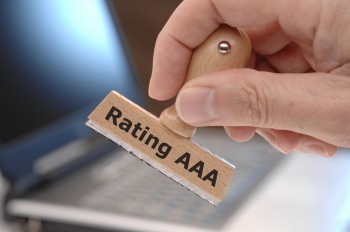For a consumer society to work properly, buyers don’t necessarily have to trust sellers. But they do, at the very least, have to have some form of assurance that their rights will be protected, if and when a product manufacturer or seller has wronged them. In Canada, consumers may seek restitution via a number of different channels – from store credit or a full refund in minor cases, to a product liability claim in more serious cases.
When the adage “you get what you pay for” doesn’t ring true, it is often evidence of negligence somewhere along the supply chain – a factory worker might accidentally have used a defective part in manufacturing a product or, hundreds of miles away, a salesperson might make false claims about that product’s proper usage.
If the product causes injury to the consumer or damage to their property (and they used it according to instructions), they may have legal grounds to seek compensation. In cases of major injury, for example causing absence from work, the consumer has the option of suing for damages like loss of income, medical or rehabilitation costs and pain and suffering.
Consumers in Ontario are protected under both the Sales of Goods Act (SGA) and the Consumer Protection Act (CPA). Under Section 15 of the SGA, the seller has a duty to ensure that the goods being sold are in proper working condition (as advertised) and that they are suitable for use according to the buyer’s (explicit or implicit) intentions. There is no requirement to prove negligence under the SGA and liability is established if the product is, for example, “not fit for the purpose” for which it was sold.
The CPA offers similar protections, for both goods and services, under Section 9. It also lists a number of unfair practices on the part of the seller, including provisions against false advertising or labelling. A label falsely proclaiming a product as peanut free, for example, could have very harmful effects for an unsuspecting consumer.
Typically, the claim against the manufacturer is based on an allegation of a defect in the manufacturing of the product, a design defect or an advertising defect. All of these claims are founded in negligence and usually require expert opinion from an engineer or other experts.
The first step when dealing with a defective product causing injury is to immediately contact the manufacturer, seller or both. If the solution is unsatisfactory, a lawyer with experience in product liability claims may help launch a lawsuit.




